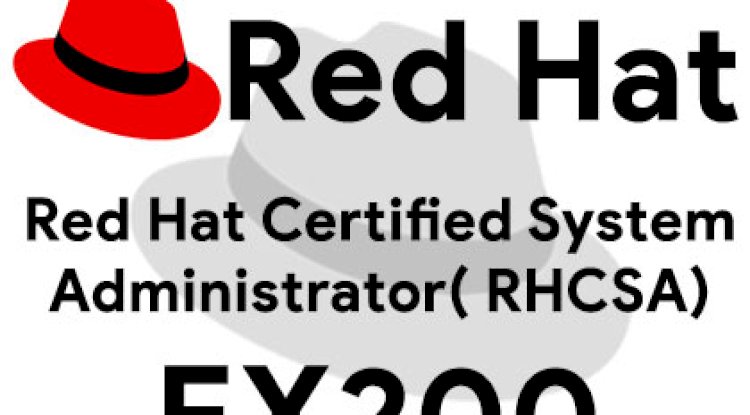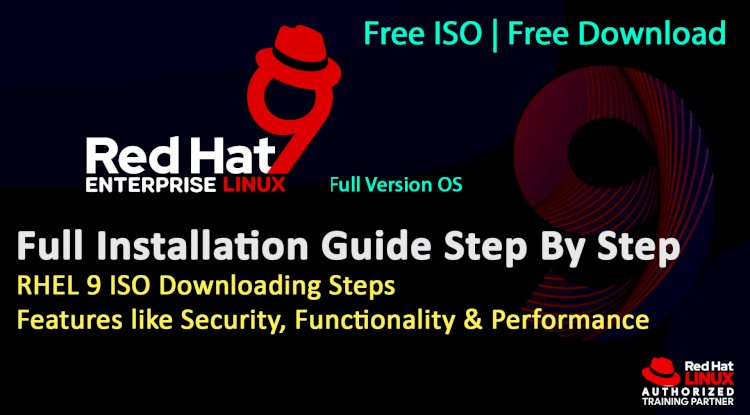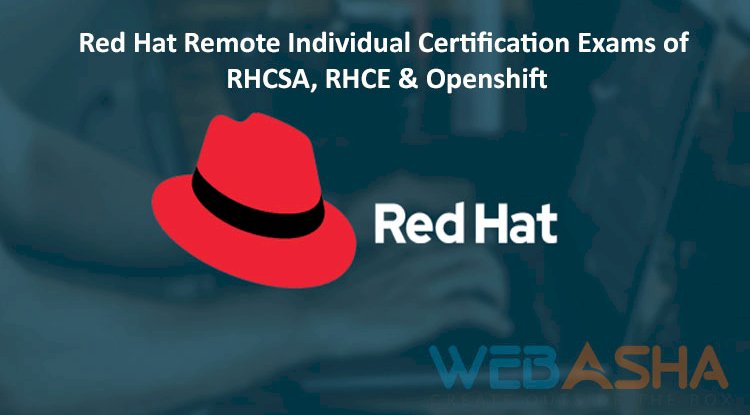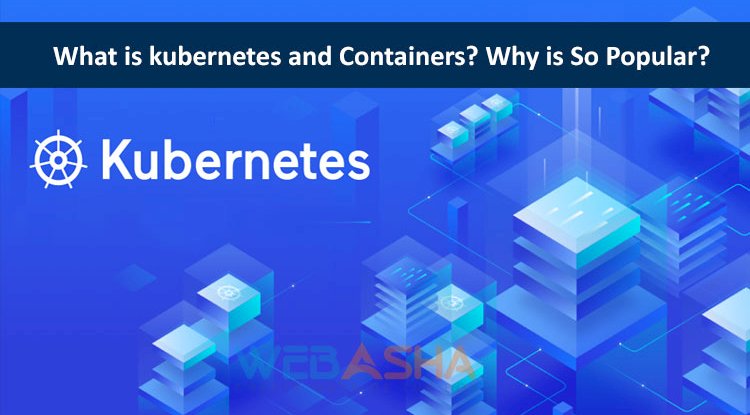How to Use LLM with RAG to Chat with Databases | Complete Guide to SQL Query Generation with Natural Language Using Large Language Models
In today’s AI-driven world, businesses are increasingly adopting Large Language Models (LLMs) combined with Retrieval-Augmented Generation (RAG) to simplify natural language interactions with databases. This innovative architecture allows users to generate SQL queries automatically using natural questions like "Show me top products sold in 2024". The system intelligently extracts database schema, ranks the relevant tables, and uses prompt engineering to generate context-aware SQL statements. This guide explores how LLMs work behind the scenes, from schema extraction, ranking models, and backend APIs to LLM-generated queries, empowering both technical and non-technical users to gain instant insights without writing a single line of SQL.

Table of Contents
- Introduction
- What is Retrieval-Augmented Generation (RAG)?
- Architecture: How LLMs Chat With Databases
- Real-World Example
- Security Considerations
- Future of LLM + Database Interactions
- Conclusion
- Frequently Asked Questions (FAQs)
Introduction
In the world of AI and data science, one of the most revolutionary innovations is enabling Large Language Models (LLMs) to communicate with structured databases. By using a technique called Retrieval-Augmented Generation (RAG), LLMs can convert natural language queries into executable SQL statements, unlocking powerful analytics for both technical and non-technical users.
This blog explores how LLMs use RAG architecture to understand, generate, and interact with databases, transforming natural language into real-time data insights.
What is Retrieval-Augmented Generation (RAG)?
Retrieval-Augmented Generation (RAG) is a hybrid framework that improves the accuracy of LLM outputs by incorporating relevant external information—in this case, database schemas and metadata. It allows the language model to go beyond static training data and generate dynamic, contextual responses.
When paired with databases, RAG enables LLMs to generate SQL queries by retrieving the appropriate schema and understanding the context of user questions.
Architecture: How LLMs Chat With Databases
Here’s a step-by-step breakdown of the RAG-based architecture used for enabling LLMs to interact with structured data:
User Interface (UI)
The user starts by typing a natural language query like “Show top-performing products last month.” This input is passed to the backend for processing.
Backend API
The backend API acts as a controller that links the UI, LLM, schema extractor, and ranking model. It handles schema extraction, prompt creation, LLM querying, and final result delivery.
Schema Extraction & Schema Cache
To help the LLM understand the database structure, it first performs schema extraction, retrieving table names, relationships, and data types. The extracted schema is cached to avoid redundant processing.
Ranking Model
Not every table in a database is relevant to every query. The ranking model scores and selects the most relevant tables and fields based on the user’s query, improving the accuracy of SQL generation.
Prompt Augmentation
The user’s query is combined with the relevant schema and ranking output to build an augmented prompt, which is then sent to the LLM. This prompt includes:
-
The original user query
-
Schema metadata
-
Ranked tables and relationships
Large Language Model (LLM)
The LLM (such as GPT or Claude) receives the augmented prompt and generates an SQL query tailored to the database schema.
SQL Execution & Output Delivery
The generated SQL query is executed on the database. The results are formatted and presented back to the user through the interface, typically as a table or chart.
Real-World Example
Let’s explore how this works in practice.
-
User Query: “Show sales revenue by product for Q4 2024.”
-
Extracted Schema:
-
products(product_id, name) -
sales(sale_id, product_id, sale_date, amount)
-
-
Relevant Tables Ranked:
sales,products -
Augmented Prompt Sent to LLM
Generated SQL Query
SELECT p.name, SUM(s.amount) AS total_revenue
FROM sales s
JOIN products p ON s.product_id = p.product_id
WHERE s.sale_date BETWEEN '2024-10-01' AND '2024-12-31'
GROUP BY p.name
ORDER BY total_revenue DESC;
Output:
A ranked table of products with their total sales revenue for the last quarter of 2024.
Technical Benefits
| Feature | Benefit |
|---|---|
| Natural Language Input | Enables querying by non-technical users |
| Schema Awareness | Increases accuracy of generated SQL |
| Prompt Engineering | Contextual input leads to relevant results |
| Reusable Architecture | Can be implemented with any RDBMS and LLM |
| Modular Design | Supports flexible, scalable, and customizable use cases |
Security Considerations
Integrating LLMs with databases comes with its own set of security concerns:
SQL Injection Prevention
Ensure the LLM-generated SQL queries are validated and safe from injection.
Access Control
Enforce role-based permissions to prevent unauthorized access to sensitive tables.
Auditing & Logging
Maintain logs of user queries and generated SQL statements for accountability and transparency.
Data Masking
Use data masking techniques to hide sensitive fields (PII, financials) in outputs.
Future of LLM + Database Interactions
The combination of LLMs and RAG with databases is set to transform analytics and automation. Upcoming innovations may include:
-
Voice-to-Data Queries
-
Auto Chart Generation with LLMs
-
Integration with BI Tools
-
Domain-Specific LLM Fine-Tuning
-
Enterprise Dashboard Automation
Conclusion
The ability for LLMs to chat with databases using Retrieval-Augmented Generation is redefining how organizations access and analyze data. Whether for business analysts, developers, or executives, this fusion allows anyone to extract insights using natural language—faster and smarter.
By understanding the architectural flow—from schema extraction to LLM-powered SQL generation—you’re ready to explore or build your own AI-powered data analytics interface.
Frequently Asked Questions
What is LLM in the context of database querying?
LLM refers to a Large Language Model like ChatGPT that can understand and generate human-like text, including SQL queries from natural language prompts.
What does RAG stand for in AI and how is it used with LLM?
RAG stands for Retrieval-Augmented Generation, a framework that combines external data (like database schema) with language models to produce contextually accurate outputs.
How do LLMs interact with databases?
LLMs interact with databases by understanding user queries, analyzing the schema, and generating SQL queries that retrieve relevant data from the database.
What is schema extraction in this architecture?
Schema extraction involves pulling metadata such as table names, columns, and relationships to help the LLM understand the structure of the database.
Why is schema cache important?
The schema cache stores previously extracted database structures to reduce repetitive extraction and improve performance.
What is the backend API responsible for?
The backend API acts as a bridge between the user interface, schema extractor, LLM, and the database to orchestrate the data flow and query processing.
How does the ranking model work?
The ranking model scores and filters the most relevant tables and columns based on the user’s question to improve SQL generation accuracy.
What is an augmented prompt?
An augmented prompt includes the user query and relevant schema context, allowing the LLM to generate SQL tailored to the database structure.
Can this architecture support any database type?
Yes, it can support most relational databases (RDBMS) like MySQL, PostgreSQL, SQL Server, etc., as long as schema metadata can be accessed.
What kind of user queries are supported?
Users can ask anything from "List top customers" to "Show average order value by region", and the system will convert it to SQL.
Do I need to know SQL to use this system?
No, the whole idea is to eliminate the need for SQL knowledge, allowing non-technical users to query the database.
How accurate are the generated SQL queries?
With proper schema ranking and prompt design, accuracy is very high, especially for well-structured databases.
Can LLM handle joins and aggregations in SQL?
Yes, LLMs can understand complex queries involving JOINs, GROUP BY, and aggregations based on context.
Is this approach scalable for enterprise systems?
Yes, it's designed to scale with multiple users, databases, and use cases by modularizing components.
What are common use cases of LLM + RAG with databases?
Business intelligence, ad-hoc reporting, customer support, dashboard automation, and voice-to-SQL assistants.
Can this system visualize data too?
While LLM generates SQL, results can be fed into BI tools or chart engines for visualization.
How does prompt engineering affect the output?
Better-designed prompts with clear structure and schema context drastically improve the quality of SQL outputs.
What are the limitations of LLM in database querying?
It may misinterpret ambiguous queries, struggle with edge-case SQL, or fail with poor schema documentation.
How is data security managed in this setup?
Security is enforced through query validation, access control, and logging, ensuring no unauthorized SQL is executed.
Is there risk of SQL injection?
Yes, if unchecked. Always sanitize and validate generated SQL before execution.
Can the LLM generate queries for NoSQL databases?
With modifications, it can be adapted, but current systems are better suited to relational models.
What is the role of interface in the architecture?
The interface provides a frontend where users type queries and view results, abstracting all backend complexities.
How is the LLM model chosen for this system?
Popular models like OpenAI GPT, Claude, or Google Gemini are chosen based on performance, latency, and token limits.
What’s the latency like in generating a query?
From prompt to query execution, results usually appear within 2–5 seconds, depending on model and data size.
Can this be used in mobile or web apps?
Yes, the architecture supports deployment in mobile, desktop, or web environments via APIs.
Does it support multi-language queries?
If the LLM supports multilingual inputs, yes—you can ask in Hindi, French, etc., and get accurate SQL.
How do I fine-tune this system for my domain?
You can fine-tune LLMs with domain-specific schema examples and usage patterns to improve relevance.
What happens if the query fails?
The system logs errors and can suggest alternate queries or clarify follow-up questions with the user.
Is it possible to integrate this with ChatGPT API?
Absolutely, the architecture is compatible with the ChatGPT API for text generation and SQL query creation.
How can I build such a system from scratch?
You’ll need a database connector, schema extractor, ranking model, prompt generator, and an LLM API—combined through a backend system.











![Top 10 Ethical Hackers in the World [2025]](https://www.webasha.com/blog/uploads/images/202408/image_100x75_66c2f983c207b.webp)



![[2025] Top 100+ VAPT Interview Questions and Answers](https://www.webasha.com/blog/uploads/images/image_100x75_6512b1e4b64f7.jpg)







